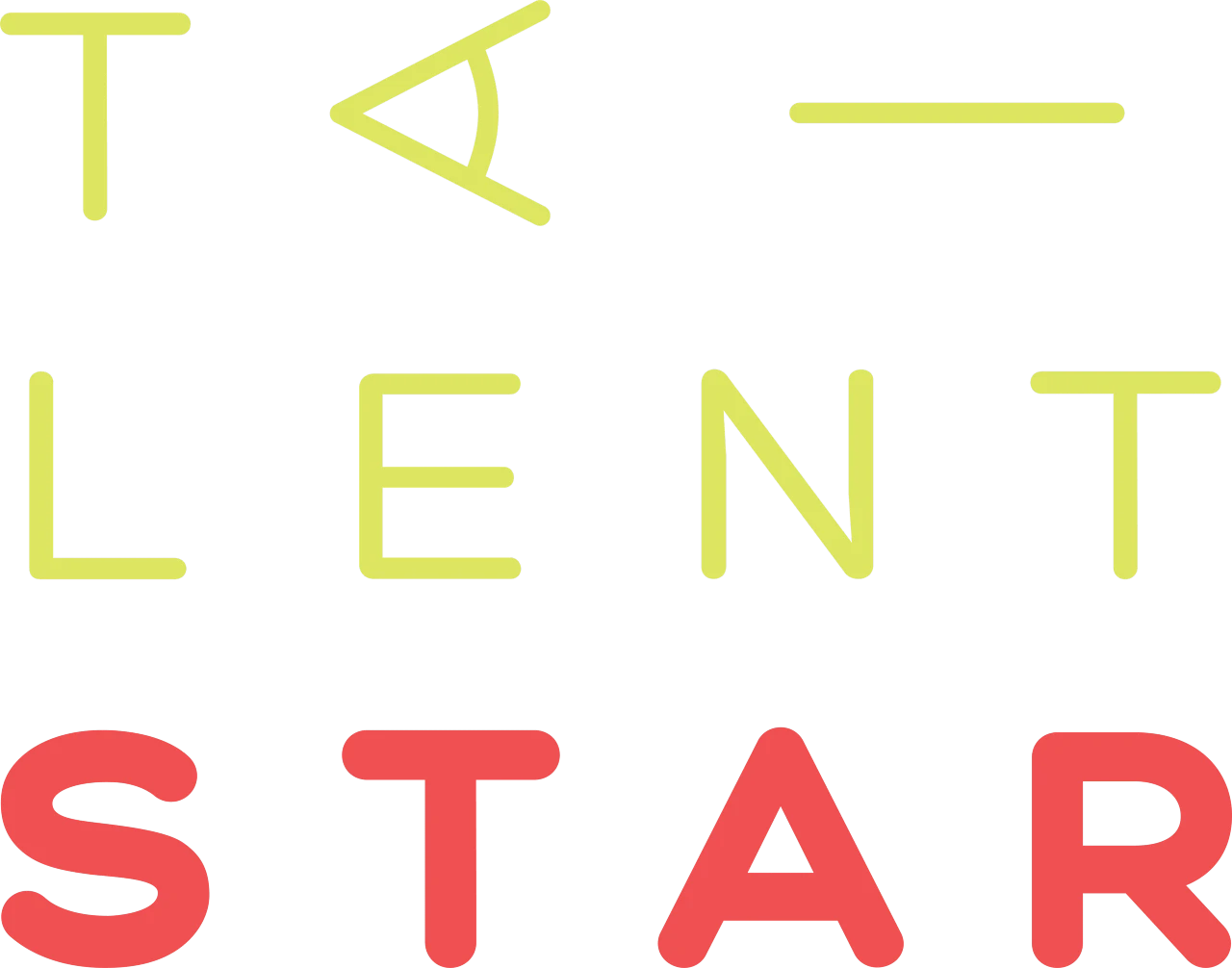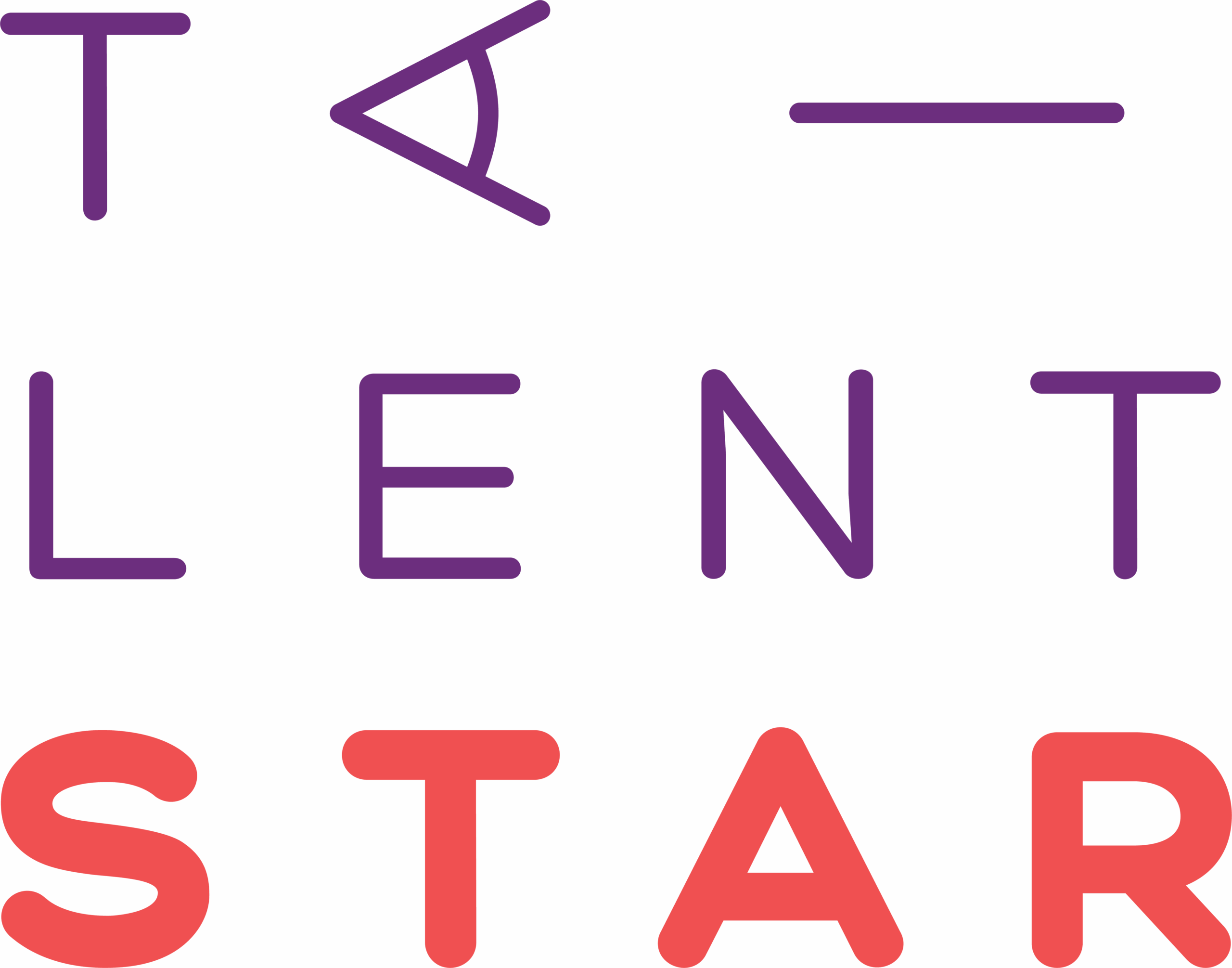
Your Next Job: Step 2
Are you looking for the best way to find the right career opportunities for yourself?
This is Step 2 in the continuation of When your new job is to find your next job. Our series offers practical suggestions for opening new doors of opportunity, even in difficult times.
Step 2: Mapping
When working with firms on their own client development strategies, we recommend that they do a “mapping” exercise:
- Take a big piece of brown paper — or today, a digital whiteboard or brainstorming app.
- Add clients with whom they have worked most successfully.
- Cluster those clients according to a variety of characteristics (location, decision-making process, sources of funding, etc.) rather than building-type or other traditional category.
- Add other organizations (or categories of organizations) who have similar characteristics.
- Finally, connect the dots from their firm and key leaders to their clients and the newly listed companies.
Often we’ll find new correlations:
- In one instance, our client discovered that their best work was done in urban public spaces, but the actual clients were private foundations that were funding the projects. So, their next step was to identify how they could identify and establish relationships with other private foundations – looking at things like where the foundation directors met with their professional colleagues; e.g., their own conferences and professional associations.
- Another client discovered that their best clients were winners of Nobel Prizes for math and science — an exclusive group, but easy to map to their organizations.
This is applicable to your own job search, too:
- Instead of clients, map out the firms in which you are interested (or the building types or market sectors in which you’re interested).
- Cluster the firms, and then begin adding your own connections (people) who are in those firms or have connections to them.
- Or instead of firms, map out the building types and/or market sectors, which will allow you to add firms (identified via your market research), and then people.
Tip #2: Use a brainstorming technique to identify new possibilities for employment. In addition to opening new avenues, it’s also a great way to give friends and family members an opportunity to help you; they may not be able to provide introductions, but they should be able to help you look at your community in new ways.
Would you like more ideas?
In the coming weeks, we’ll continue to provide step-by-step suggestions for opening new doors of opportunity. Stay tuned!
Step 1: Market Research – posted
Step 2: Mapping – posted
Step 3: Market Positioning – posted
Step 4: Professional Credentials – posted
Step 5: New Market Opportunities – posted
Step 6: Presentation – posted
Step 7: Rainmaking – posted
* * *
Thank you for reading! If you have suggestions, please reach out to us via LinkedIn or email.
For more help with your career and professional development, check out our HELP DESK.
Suggested resources:
- Archinect offers a feature section on Employment. It includes a link to “How to Use Archinect to Get a Job: Optimizing Your Profile with Your Current Portfolio and CV.”
- Bloomberg has feature stories on architecture and the built environment, as well as the economy. Check out CityLab Daily.
- DesignIntelligence publishes excellent insights and information on the AEC industry. They have recently made their publications available for download.
* * *
The original article was published by ArchNewsNow in 2009 and has been updated for 2021.

